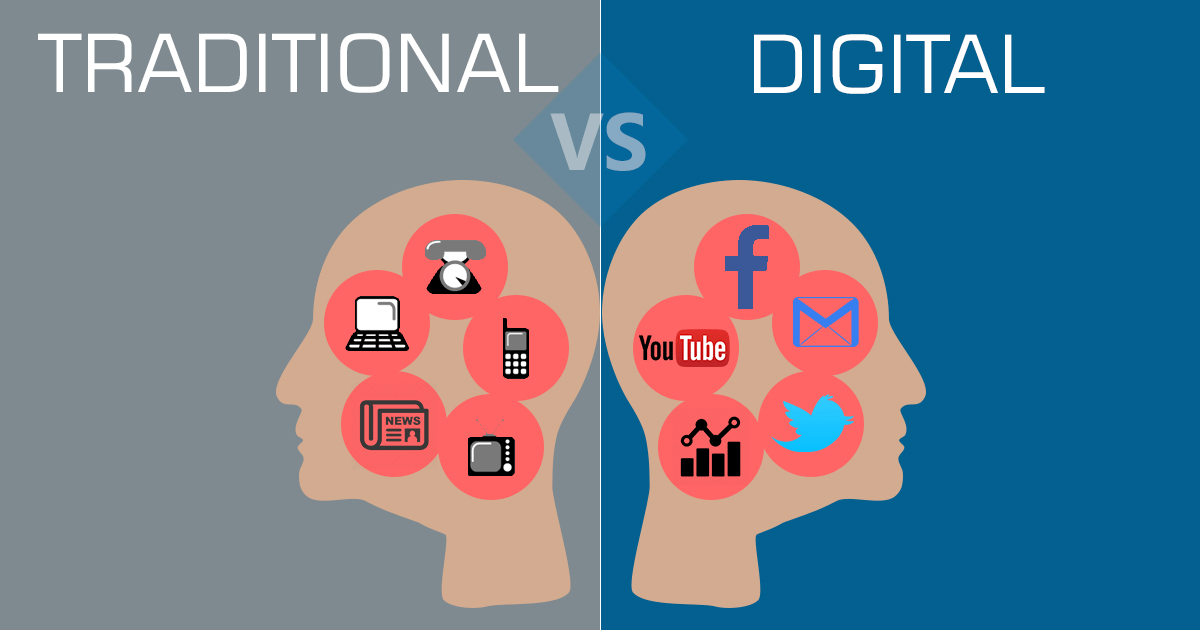
By now, you no doubt understand that digital marketing, in its various forms, should be a key part of any modern business approach. I mean, you probably wouldn’t be on this site right now if you didn’t.
Digital marketing is going to change drastically in 2020. And sadly, you aren’t going to like a lot of the changes.
And no, I don’t mean change from a competition standpoint. You already know that each year marketing gets more expensive and more competitive. That’s just a given.
Just look at the graph above: that’s Google’s annual revenue. As you can see, during the last recession, Google made more and more money. They didn’t even have a down year.
One of the big reasons we are seeing digital marketing change so much is because of the adoption of new technologies. But also because the web is getting saturated… there are 1,805,260,010 websites on the web.
Here are 7 of the most important reason why digital marketing is important in 2020.
1. Omnichannel Marketing
“Omnichannel” is a term that gets thrown around a lot. But it’s not just a buzzword. The best way to understand omnichannel is to compare it to the term “multichannel.”
In a multichannel marketing strategy, you set up various marketing touchpoints that reinforce each other to ease a customer through their buying journey. For example, you may use social media as a channel to attract visitors to your website and email as a channel to nurture leads.
Omnichannel is similar. But it’s more universal.
The combining form, “Omni,” means “all,” “of all things,” or “in all ways or places.” Simply put, an omnichannel marketing strategy means you create marketing touchpoints that work together on every available channel. At the very least, you create consistent touchpoints on all the channels your customers use.
Most businesses use social media, search, and email as marketing channels. Although social media is still the top digital marketing channel according to 81% of marketers according to a survey by Clutch, customers (especially consumers) aren’t just engaging with brands by commenting on Facebook posts.
Some channels you should investigate are:
- Ephemeral video (such as Facebook and Instagram stories)
- Podcasts
- Smartphone apps
- Live broadcasts
- Live chat
- SMS
- PR and press releases
- Offline ads (they’re making a comeback)
- Direct mail (it’s also making a comeback)
- Offline events
- Chatbots and virtual assistants
All these channels can reinforce your existing marketing strategy – what you might call “traditional” digital marketing, at this point.
Omnichannel is particularly important for consumer-facing businesses. That’s because 70% of consumers use three channels or more to research a purchase. An omnichannel strategy is your company’s best way to build a one-of-a-kind customer. Omnichannel isn’t just important for generating new business. It’s a necessary strategy for building a positive customer experience that increases your customer retention rates.
2. Artificial Intelligence
Artificial Intelligence (AI) is considered the cutting edge of technology by many. But in a few years, it may be as standard as smartphones are today.
Divorced from all the implications of popular science fiction movies, AI is a computer or robot that can gather facts about a situation through sensors or through human input. It can then use this information to solve problems or perform tasks.
More specifically, AI is a computer system that can perform a task that normally requires human intelligence. This is also the primary reason people fear AI.
AI has numerous potential applications in marketing. But in 2019, you’ll mostly see AI deployed for content marketing, customer service, and advertising.
Before you start worrying, know that AI isn’t currently positioned to make every content marketer’s job obsolete. AI is mostly used today to identify trends, drum up data, and do competitor research.
AI is particularly good at creating data-heavy news briefs about business and sports, for example. These articles may not have the same panache as human-written ones (yet), but they save news organizations vast amounts of time and money to get the word out.
In the future, AI will likely originate much of the content on the internet. But inbound content, which relies on personality and authenticity, is not its strong suit. AI may generate some initial reporting, but it’ll be up to a human to make the content relatable.
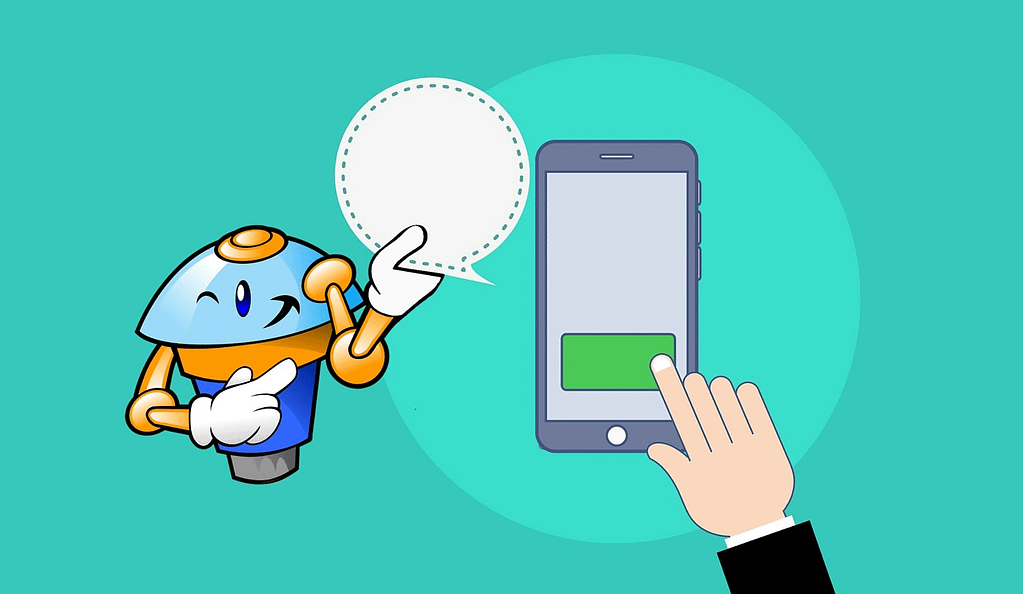
3. Chatbots
Chatbots are showing up everywhere, from business websites to mobile apps and social media newsfeeds. They can serve a variety of purposes, but most often they are used to answer simple questions or help a user accomplish a simple task.
Some of the most advanced chatbots are deployed by enterprise companies as virtual assistants or even digital concierges.
But new uses for chatbots are emerging all the time, including:
- Lead qualification
- Shopping assistance
- Website browsing guidance
- Knowledgebase research
- Talent recruiting
- Self-service
- Accessibility
Chatbots are even available for small businesses. There are plenty of third-party conversational AI platforms businesses can leverage to greet visitors, answer their questions, and move them further towards a purchase.
4. Programmatic Advertising
Managing ads is a full-time job. But with so many new channels to reach customers through, not even a full-time advertising team has enough hours in the day to keep up. That’s why more and more companies are trying to let AI take it over.
Programmatic advertising is a process that uses AI to buy and place advertisements based on targeting algorithms. If this sounds familiar, it’s because it’s already widely used. By 2020, over 86% of all digital display ads will be purchased through automated channels. The key differentiator between programmatic and traditional advertising is that programmatic can occur in real-time. This puts more power in the hands of the advertiser. Programmatic advertising relies on a combination of automation, big data, and technical expertise. You still need human capital to do it, which not every business has.
In its current form, it’s a better option for brands with mass-market appeal than those with niche appeal. Nonetheless, with programmatic ads taking over digital display advertising, it’s a trend to keep tabs on.
5. Personalization
If you’ve ever created a buyer persona, you’re already familiar with personalization.
90% of the U.S. population found personalized marketing content very or somewhat appealing in 2017, with only 4% saying it was not very or not at all appealing. According to Forbes, 44% of consumers say they are likely to buy from a company again after a personalized shopping experience.
Marketing personalization has numerous benefits:
- Better customer experiences
- Increased brand loyalty
- More revenue
- Cross-channel selling opportunities
- Brand consistency
But personalization is taking on a whole new meaning thanks to marketing automation and other technologies. For example, email personalization will soon go far beyond simply auto-filling a recipient’s first name in the subject line.
Contacts will be segmented automatically based on new parameters, like search history and off-site activity. Emails will be sent based on a customer’s data profile, not simply because of time zones and rough guesses about email open rates at certain times of the day.
All in all, personalization will be the #1 tool for conversion rate optimization across every marketing channel. Expect to see more of the following:
- Personalized product recommendations
- Personalized social media messages
- Targeted and triggered emails
- Personalized video messages
- Advanced email personalization
- Automated contact segmentation
- Personalized digital advertising
- Web content personalization
Those businesses that prioritize creating an individualized experience for their customers will reap the rewards.
6. Video Marketing
Video marketing has been an important tactic for big brands for years. But the video is changing.
By 2021, the video will make up more than 85% of all consumer internet traffic in the U.S. Most of the videos people will be watching won’t be uploaded by brands or businesses – they’ll be uploaded by individuals.
One of the biggest hang-ups many businesses have with video marketing is the production aspect. They want their videos to look professional – like they were produced by Hollywood directors.
But anyone can harness the benefits of video by using simple recording tools. Most people aren’t looking for dazzling special effects on YouTube. They just want good content that’s entertaining, informative, and story-drive
Not only does HubSpot introduce its new video series, “Brilliant,” the company tells the story of an entrepreneur who overcame significant challenges and built a business through persistence and determination. The video contains some excellent production elements, but it’s the story that drives it.
These are the types of videos that garner attention and go viral. Instead of selling software, HubSpot has found a way to build a community around its brand. And that type of brand recognition is priceless.
Marketers can use video for several strategies, even for advertising. Here are some types of marketing videos any business can make in 2019:
- How-to videos
- Product walkthroughs
- Influencer interviews
- Customer testimonials
- Behind the scenes videos (such as employee and brand stories)
- Company culture videos
- Event videos
- Webinars
Of course, one of the easiest ways to do video marketing is to use a webcam. More and more brands are posting interviews, call-outs, and general questions to social media using video.
This type of humanized marketing isn’t just more likely to get shares, likes, and comments. It can also do wonders for a brand’s image and help businesses establish themselves as influencers in their market.
7. Next-Generation SEO
In July of 2018, Google rolled out its “PageSpeed” update. This is just one in a long line of search algorithm updates that have kept digital marketers on their toes.
For example, Google now understands user intent better than ever before. Its algorithms can input the user’s context, such as the user’s location, search history, and other information, into the search equation.
Conclusion
2020 will be about better customer experience with personalization, automation, and AI-powered technology, so to stay ahead of the curve and increase conversions in the coming year, you’ll need to get better at producing custom, conversational content – particularly audio and video content – to share with your better-targeted audience.



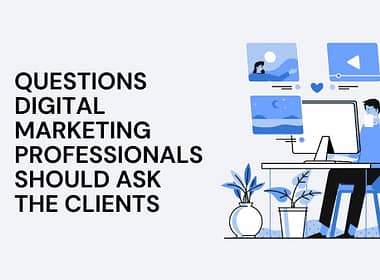




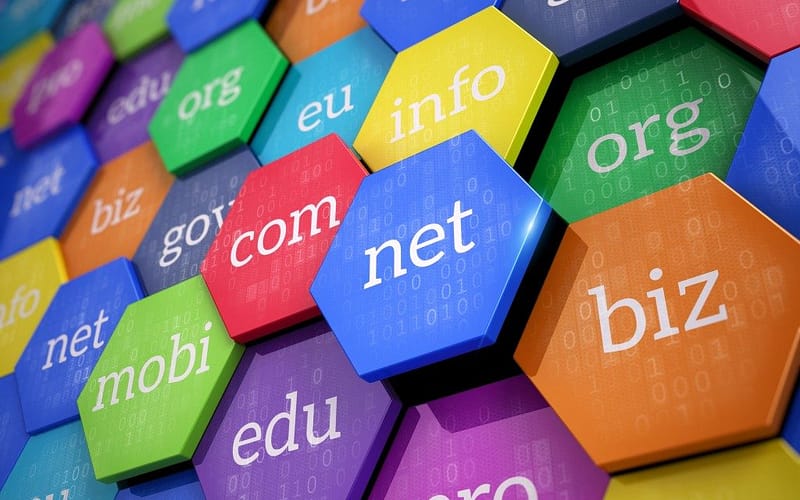
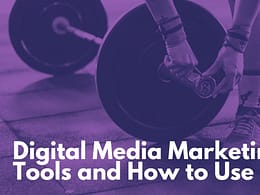

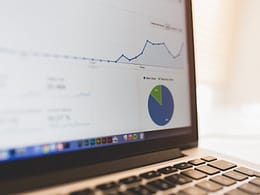
2.5
5
Good Post brother 🙂 Keep posting such items.
3.5
5
Nice job
Nice. well done.
4.5
4
Good job Bobby. I really appreciate your effort for this 👏
As web developer Digital Marketing has helped me a lot
Nice post..